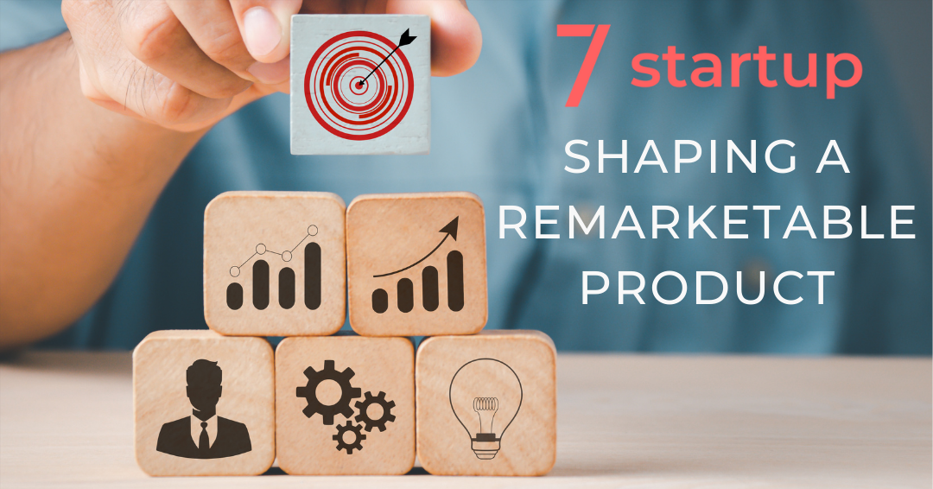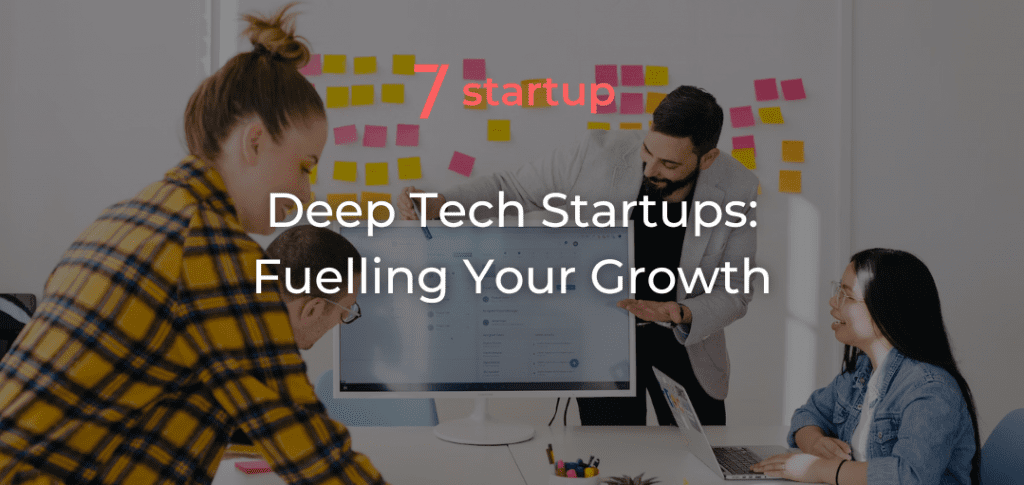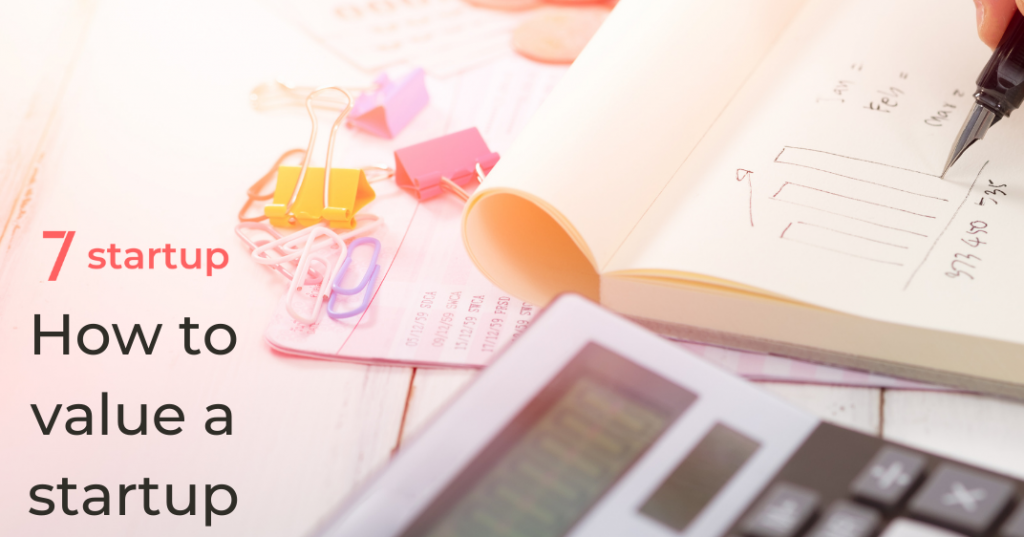This section pertains to improving your product. Building and innovation of any goods or services is a field in and of itself, with best practises in designing, customer research, product management and psychology. I’ve realised that some readers who are deeper in the process of producing things may skip it entirely. These concepts explain how extraordinary goods are made in the middle, irrespective of the type of work. So, let’s talk about the product.
The honeymoon period, which occurs at the outset of a business, is noted for its unlimited vitality as well as extraordinary clarity. Simple answers come naturally at the start of your journey. We may tend to add complexities as the middle grows increasingly volatile and troublesome. We tackle problems by giving our creations more options, features, and nuances.
While the simplicity of a new product provides a competitive edge, it develops over time and becomes more complex. The product life cycle will become impacted in some way due to the evolution of any product or service. Read our post on how to beat your startup competition.

Product Life Cycle:
- Customers gravitate toward a straightforward product.
- New features are added to the product, dedicated to better serving customers and expand the business.
- The product becomes more intricate.
- Customers gravitate to a more straightforward product.
Product optimisation entails making it more powerful while also providing greater accessibility. The key to finding this equilibrium is to base your decisions on simple convictions, the most basic of which being that life is simply time and how you utilise it.
Making your product more human-friendly and adapting to natural human impulses is the ultimate goal of optimisation.
Find satisfaction in your product and be proud of it. However, do not reach to the point of becoming oblivious to its flaws. You lose when your product stops growing. You lose satisfaction, once you become too lazy. Do not become too comfortable. The latest edition of your product must always feel lacklustre when you’re working on it.
A business only gets one chance at lasting a perfect first impression. The first mile in a user’s experience must always be front of mind, as typically it becomes neglected in today’s age fast paced work environments and releasing a minimal viable product. For physical objects, this could include packaging, instruction wording, and labelling that assist a new buyer in orienting themselves. It might be the onboarding process, the instructional copy, or the default settings of digital products. Like opening a door, sometimes we forget the need of a key to open it with. In the same way, users are not properly provided a “key” to open the door to your product, as so much focus is placed on what’s behind the door.
Run a Mile First, Before Running a Marathon
Stumbling on the first mile stifles most new products from the start. You may receive a large number of pre-sales, or even sign-ups. However, only a small percentage of customers will complete the onboarding process and begin using your product. Yet once they do, your clients must immediately feel immediately accomplished. You must prepare your audience so that they are aware of three things:
- Why are they there?
- What are they are capable of?
- What should I do next?
Once a new users understand these three points, they’ve progressed far enough in their product experience to be willing to commit time and effort in developing a relationship with it. They don’t have to know how to use your full product at first; all they need to do is place their faith in you and grasp and understanding their next step.
The Common Hurdles
All products have the same challenge: explaining why customers are there, what they’re doing, what their next couple of steps are.
These critical components of first interaction are frequently addressed in hurried as a product launch, especially for new enterprises. The “top of the funnel” for connecting new users with your product is the ultimate source of growth. Early components of the product experience, such as providing a tutorial for your product and deciding what the standard experience should be, are all-too-often afterthoughts.
Product experience becomes ever vital in the latter stages of the product life cycle. Unfortunately this becomes overlooked after a while. As your product grows past early adopters, the first mile must become even easier to navigate and account for a wide range of new customers, not simply the power users you were trying to attract. New consumers don’t stay the same throughout; if they did, you’d have snagged them already. As a result, after launch, the first mile requires constant observation.
The last mile of the experience producing the product must not be the first mile of the customer’s experience using it.
Even when you’re well on your journey, I’d claim that just under a third of your concentration should be spent towards your first mile for any product that has aggressive development objectives.

Optimising Your First 30 Seconds
Those 30 seconds will determine whether or not people want to stick around. People are sluggish, conceited, and selfish during the initial 30 seconds of any new encounter. People aren’t actually as vain as we may make it sound. However, It’s crucial understanding it in creating amazing online and offline products and experiences.
A good hook responds to short-term desires that are linked to a long-term benefit.
Consider the retail industry. What you put in your store windows influences the chance of a potential consumer strolling in. Window dressing is a completely different science than in-store merchandising and product quality — yet no one can feel how comfortable your line of beds are or the polish of your porcelain kitchenware if you’re unable to bring them into your store. It’s disheartening to realise that everybody you meet — everybody who comes to your site or consumes your products — has a completely different mindset than you do before they’re ready to care. For a more thorough guide, read our guide on a great product demo.
Selfish, Vain & Lazy in Nature
We’re lazy when it comes to not wanting to spend time and effort trying to figure out what something is. We don’t have time to read instructions. There’s no time to stray. There is no desire to study. Life is a steep learning curve, and there is never adequate time for work, pleasure, learning, or love. As a result, when something completely new needs too much work, we simply ignore it. We tend to avoid activities that require effort until we are convinced of their benefits.
We’re conceited and concerned with how we appear toward others, at least at first. Mirrors, hair products, and social media all give us a hit of dopamine in how we present ourselves in front of others. Services like Twitter and Instagram generate as many likes and friends as necessary, to ensure users on these platforms feel the ultimate level of satisfaction. No one really starts using a new product if they don’t have anyone with whom to share it. While you may spend a large portion of your time on an app like Instagram perusing your friends’ posts, if you start paying attention to your usage habits, you’ll discover that you access the app increasingly often after publishing a new image.
Your visitors become lazy during the first 15 seconds. They don’t have any spare time to spend on something they don’t understand. People are vain in the sense that they want to presented well right away when using your goods or service. They’re also selfish in that, despite the massive ambition and significance as to what your product symbolises, they only care about how it will help them right now.
Show > Do > Explain
You’ll be tempted to describe what a new product is and the functions of it when introducing it to the market. Extensive how-to films, and multisequence digital tutorials describing the product’s goal and how to get the most out of it are typical outcomes of such endeavours. Explanations for non – digital products and services come in the form of thick instruction manuals, extensive restaurant menus, and prolonged onboarding discussions with new clients.
You’ve either failed to develop a decent first-mile experience or your product is too hard to understand if you find such a need to demonstrate how to use your product instead of allowing new consumers to take a leap and feel successful on their own.
Delivering actions proactively for your consumers is the very strongest hook in the first mile of the user experience.
Your clients will be more engaged and start learning more about what you’ve built, allowing you to realise its full potential. That includes offering clients with designs to pre-select from and change rather than teaching how to construct a logos, leaflets and a vast of other material, such as on platforms like Canva. Full customisation is available in many of these circumstances, but it isn’t the first choice.
Don’t expect new customers to put up with a lot of explaining. Customers aren’t going to wait patiently while you demonstrate the functionality of a product. You’ll have the best chance of engaging them if you do it for them at first.
You May Also Enjoy – Default Alive or Default Dead

Amit Khanna, 7startup Founder
Amit has 18 years of experience in the industry and an MBA. He supports entrepreneurs with every aspect of their business including concept and product development, investor presentations, and fundraising. Amit & 7startup assist startups in the pre due-diligence process and help connect them to our vast network of investors. Reach out to us today and see if we’re a fit!




